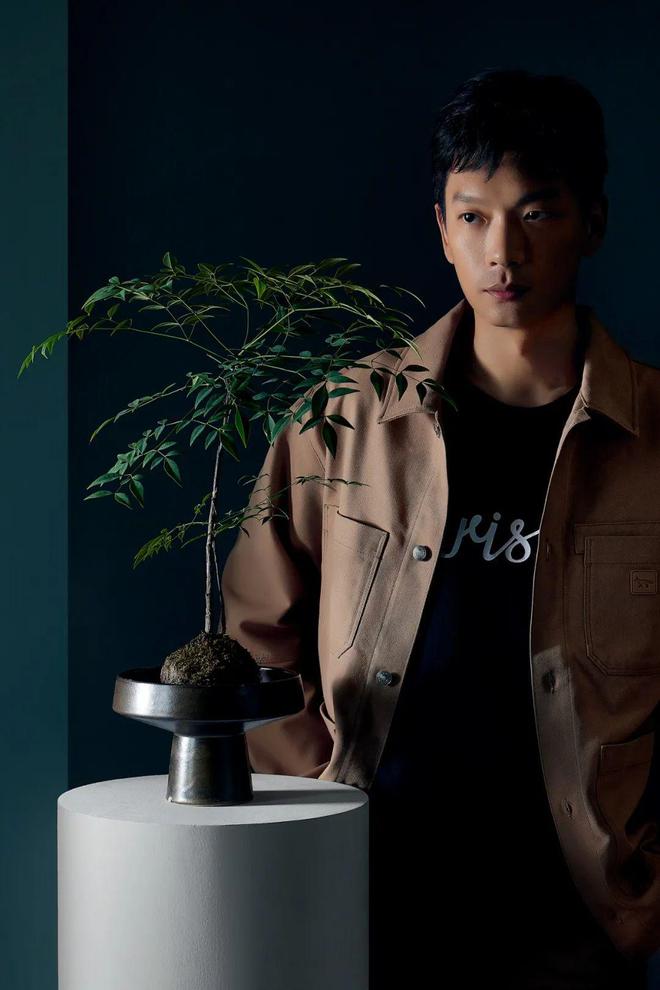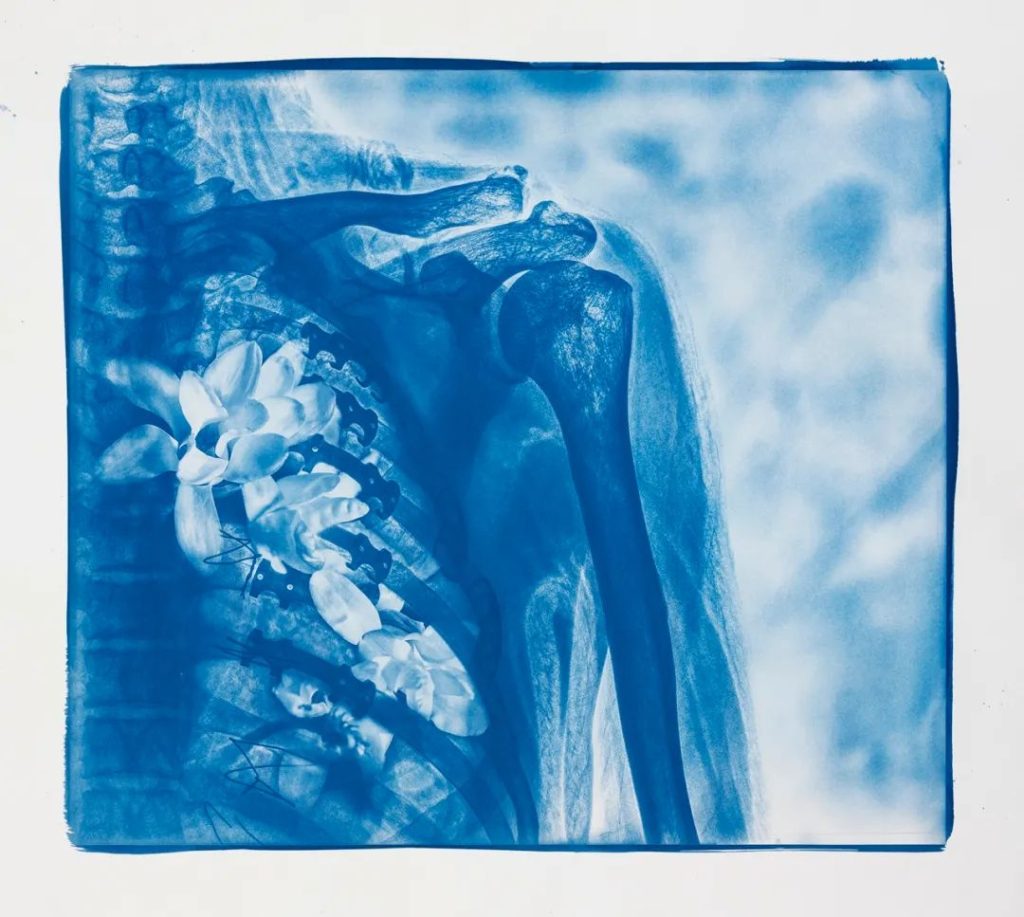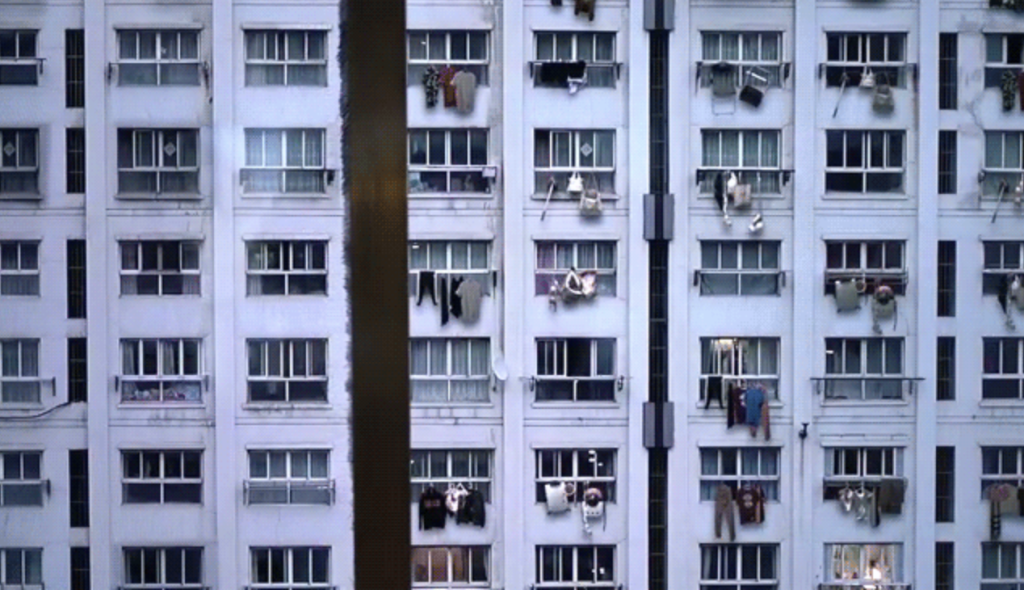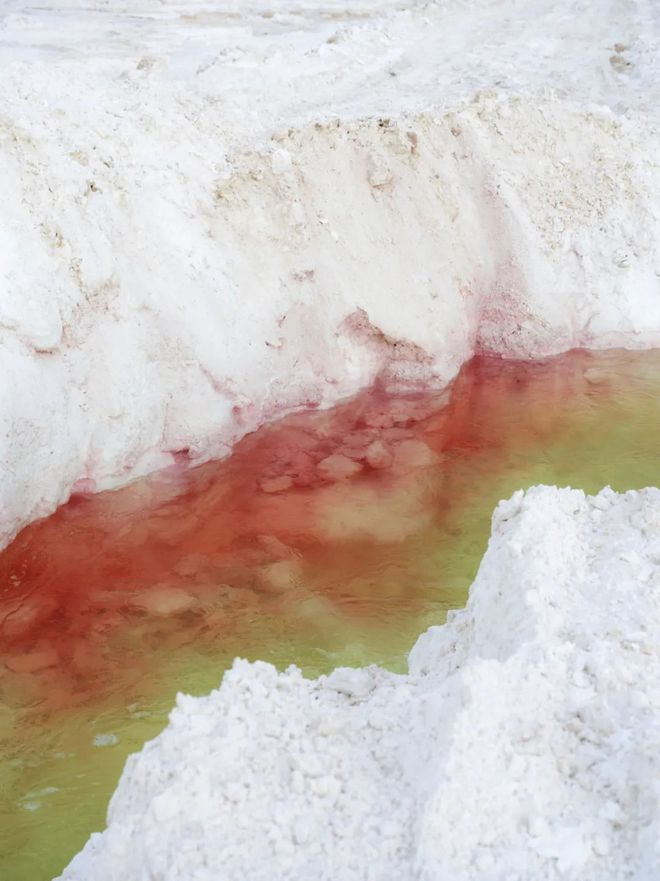Hu Weiyi, a Shanghai artist born in 1990, has emerged in the contemporary art world with his unique artistic perspective.
His artistic career began at the China Academy of Fine Arts. Graduated from the Public Art major in 2013, and obtained a Master’s degree from the Cross Media Art Department.

Hu Weiyi’s artistic journey was not accidental. His father Hu Jieming is also an active artist at the forefront of contemporary art.
In his family background, Hu Weiyi grew up in an artistic atmosphere and had the opportunity to assist and participate in the process of artistic practice since childhood. This special growth experience has given him a unique understanding and perspective on art. Under the influence of his father, Hu Weiyi’s attitude towards “art” was serious and equal.
He believes that art is a daily expression or an ordinary profession, and this attitude keeps him calm and objective in artistic creation.
Thus creating more authentic and profound works.

“Hu Weiyi’s works are very talented, able to inspire strong emotional feedback from the audience, have an independent life, and often surpass his age and even his era.”
Hu Weiyi’s creative genres cover various media such as photography, imaging, and installation.
His creative inspiration often comes from daily life and social phenomena, and through unique perspectives and expressions.
In his works, we can see profound reflection and criticism of the real world, as well as exploration and questioning of human,nature, life.


Hu Weiyi is skilled at combining various media for creation. It regards urban space as the subject of creation and explores the core of social and cultural.
Hu Weiyi’s Artistic Concepts
His works such as “Low Level Landscape Series” and “Erosion Series” are in-depth explorations of urban space and human nature.
In the “Low Level Landscape Series”, he documented the neglected and forgotten corners of the city through photography and imagination.
In the “Erosion” series, he uses artistic installation techniques to bring the audience into a space full of tension and conflict, triggering their reflection and reflection on the real world. He used this movie to capture the magnificent landscapes of nature, such as mountains, rivers, and rocks.
Then, he extracted gastric juice from the hospital and created another creation using the strong acidic corrosive film of gastric juice. In the darkroom, he put the film in his stomach and “printed” it.
After being burned by stomach acid, the movie was covered in blurry colors, creating a distorted and picturesque scenery, as beautiful as a sunset.
When lying on the hospital bed, the doctor inserts a tube directly from the nose into the stomach to extract stomach acid. The pain even made him burst into tears, and this process was just a physical act.
Through the involvement of his organism, this young artist engaged in an intensive, lengthy, and chemical dialogue with nature. He referred to this series as “natural geography” and it is still ongoing.
Hu Weiyi in Art
You can feel that Hu Weiyi pays great attention to details and texture in the creative process. He is good at using various materials and techniques to polish every detail of his work to perfection. This attention to details gives his works a strong infectious and influential influence, deeply moving the hearts of the audience.


Hu Weiyi’s artistic achievements have been widely recognized and praised. Received the 2nd Huayu Youth Award Organizing Committee Award for his work “Quietly Waiting for Light to Pass Through My Body”. This award is of great significance to him, not only affirming his personal talent, but also affirming his artistic philosophy. In addition, he also received multiple honors such as the 9th AAC Art China Annual Youth Artist Nomination Award. The acquisition of these honors not only brought him personal honor and respect, but also injected new vitality and momentum into the contemporary art community in China.
Hu Weiyi’s Exhibition
Hu Weiyi: Quietly Waiting for Light to Pass Through My Body | Contemporary Art | Photography | Artist NetEase Subscription
Sources
Hu Weiyi: Quietly waiting for light to pass through his body
Reading Files | Hu Weiyi: Blue Bones












